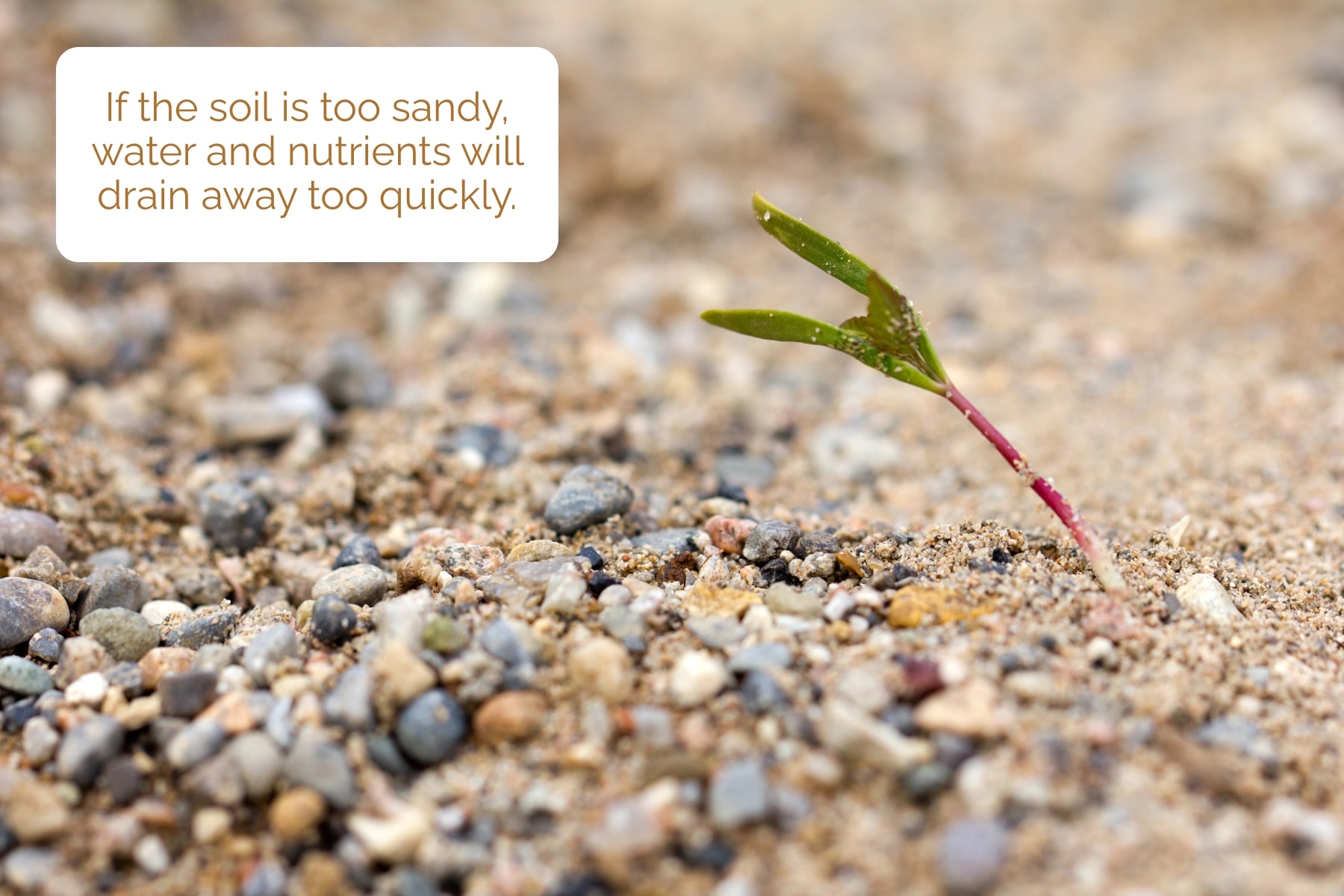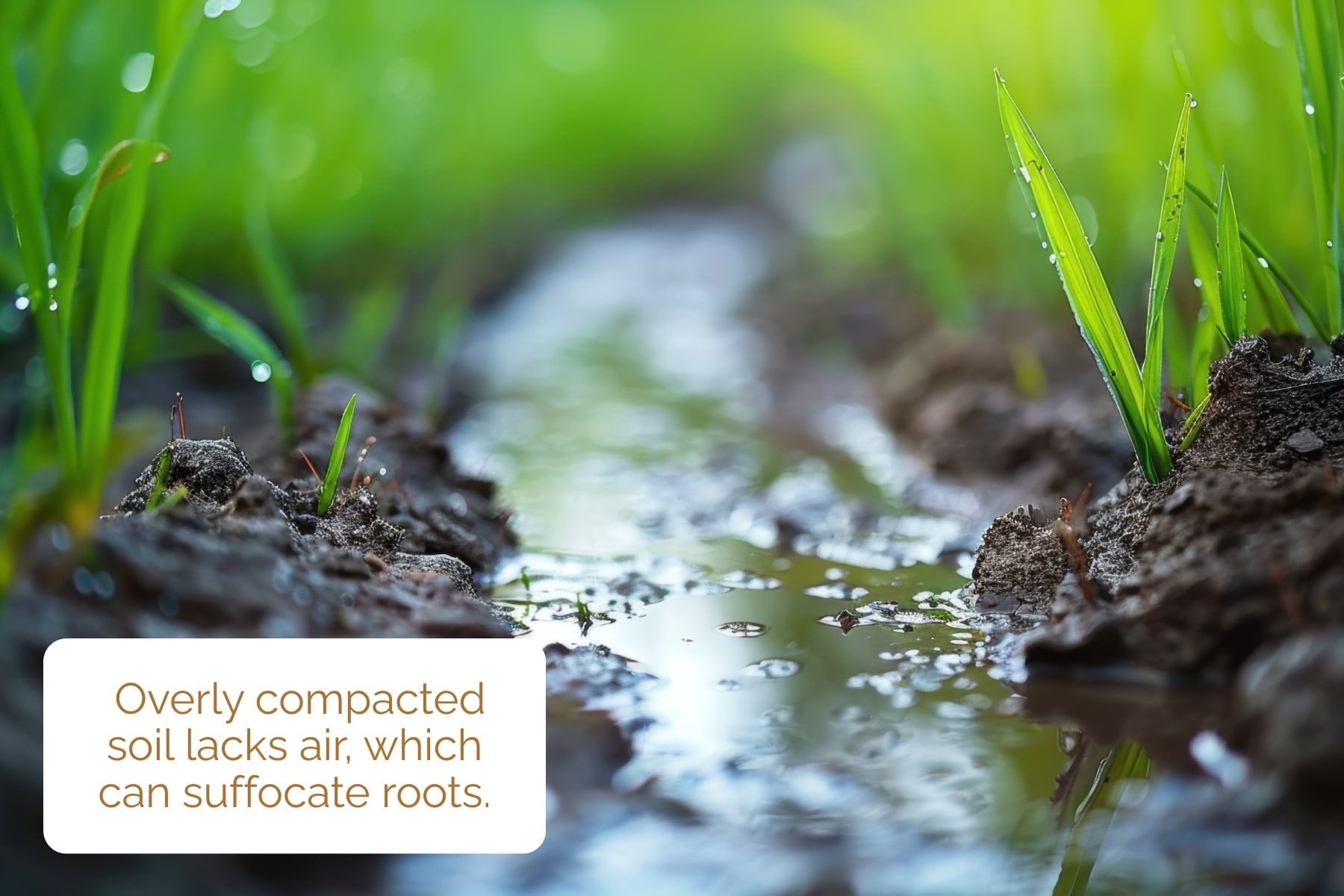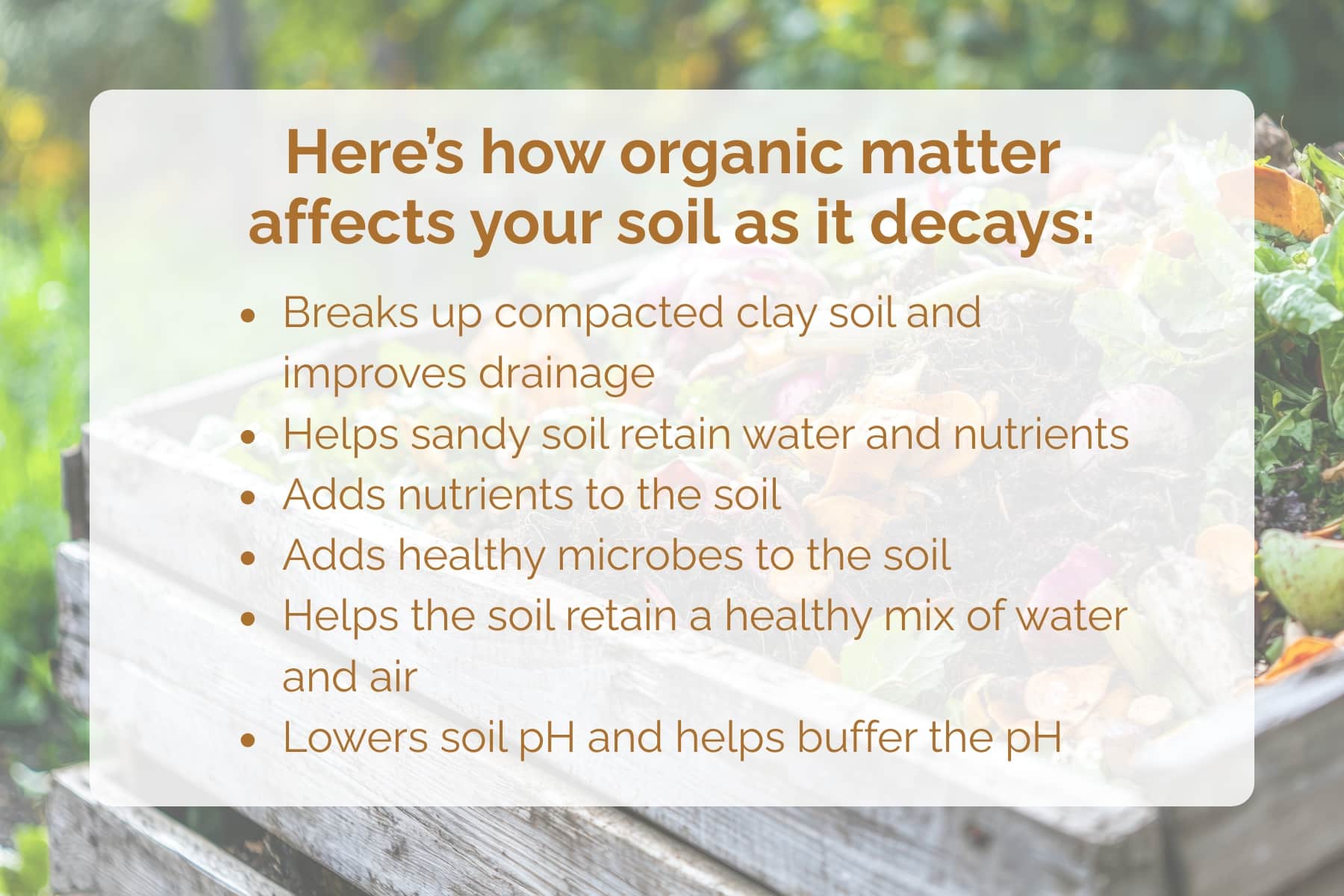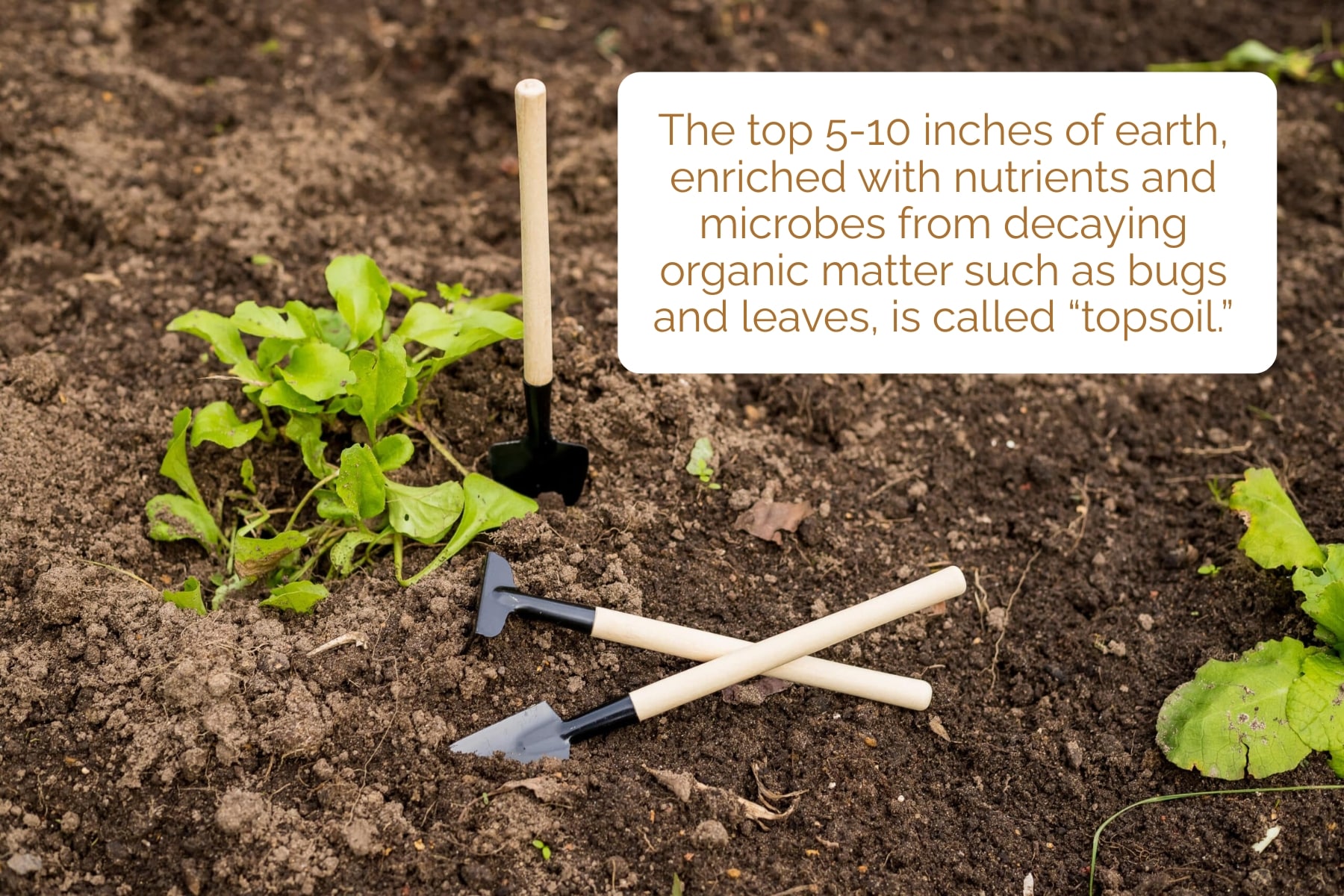Understanding Dirt and Soil: Key Components, Types, and How to Improve It
You dream of digging in your back garden, growing abundant tomato plants to share with your neighbors, smoothing out the holes and divots in your yard, and getting rid of unsightly weeds and vines once and for all.
But as you stand in line at your local garden supply store to buy a shovel and a packet of tomato seeds, you see a brightly-colored bag of garden soil. Is this something you should buy, too? Doesn’t your yard already have soil? Why would someone need a bag of it?
At Ebyland, we want to help you create the outdoor space you dream of, which is why we provide a well-stocked inventory of high-quality gardening and landscaping supplies. We love to talk to customers about their vision and help them find the exact product to fix their problem.
We know that the complexities of dirt and soil can be confusing, so today, we’re here to break it down for you.
Let’s dig in!
What is the Difference Between Dirt and Soil?
If you want to watch your seed grow into a flourishing plant, where do you put it?
In the soil, of course.
But if some of that soil gets on your shoe and you track it into the house, suddenly, it’s not called “soil” anymore. Now, it’s simply referred to as “dirt.”
Although “dirt” and “soil” are sometimes used interchangeably, the key difference lies in their purpose. The purpose of soil is to grow things. The purpose of dirt is, often, to be cleaned up. That’s why dust, grime, and other filth get referred to as “dirt.”
But “dirt” has another meaning. We often use “dirt” to refer to soil used for purposes other than growing things. For example:
- Children playing or digging holes in the dirt
- Fill dirt used for filling holes
- Unpaved dirt roads
In the landscaping world, the term “soil” is used to indicate that the substance is nutrient-dense and ideal for growing plants, and “dirt” is used to indicate that the product is intended for utilitarian purposes like filling holes (often because it lacks the nutrients needed to grow flourishing plants).

Key Components of Soil and How They Impact Plant Growth
Have you ever wondered why plants flourish in your mother-in-law’s flower beds, but when you try to grow some petunias or strawberry plants, they wither and die?
Although the problem could be a lack of sunlight or water, or simply choosing the wrong plants, the most likely culprit is the soil. Let’s explore the various soil components and how they affect plant growth.
- Basic particles
At its most basic level, soil is made up of mineral particles—some with large grains (sand), some with medium-sized grains (silt), and some with tiny grains (clay). If the soil is too sandy, water and nutrients will drain away too quickly, whereas if it has too much clay, it will become compacted and drain too slowly. The best soil has an even mixture.

2. Organic Matter
Besides the basic mineral particles, soil contains decomposed plant and animal matter. This enriches the soil with nutrients, improves its structure, and supports beneficial microbes.
3. Essential Nutrients
Plants need a variety of soil nutrients to thrive—most notably nitrogen, phosphorus, and potassium, but also secondary nutrients like calcium and magnesium.
4. Microbes
Bacteria, fungi, protozoa, and other microbes live in healthy soil and work to improve soil structure and aid nutrient cycling and disease resistance in plants.
5. Water and Air
Soil needs a balance of water and air for healthy root development. Overly compacted soil lacks air, which can suffocate roots. Too much water can rot the roots, while too little water leaves plants starved for nutrients, so proper drainage is crucial.

6. Soil pH
The soil’s acidity or alkalinity, measured on a pH scale from 0 to 14, influences nutrient availability. Some plants thrive in acidic soils (pH < 7), while some prefer alkaline soils (pH > 7). A neutral soil (pH around 6.5-7) is optimal for most plants.
Although there’s a lot that goes into healthy soil, it’s not as complicated as you might think! Let’s look at some simple ways to improve soil health.
Transforming Dirt into Healthy Soil
After reading the above section, you may despair of ever having healthy soil. What should you do if your soil has too much clay or sand? How do you know if it has enough nutrients and microbes? How do you adjust the pH level?
Thankfully, almost all soil problems have one simple solution: add organic matter.
Here’s how organic matter affects your soil as it decays:
- Breaks up compacted clay soil and improves drainage
- Helps sandy soil retain water and nutrients
- Adds nutrients to the soil
- Adds healthy microbes to the soil
- Helps the soil retain a healthy mix of water and air
Lowers soil pH and helps buffer the pH

You can also help your soil by aerating it if it’s compacted, adjusting soil pH with lime (to raise it) or sulfur (to lower it), applying worm castings to help the microbiome, and applying fertilizer. But adding organic matter should always be your first go-to solution for improving soil health.
One of the best ways to add organic matter is to compost organic waste, such as food scraps and grass clippings. Although there are great resources online that will teach you how to optimise your compost, the truth is that any organic matter will improve your soil. If you throw all your food scraps into a corner of your yard, eventually, it will break down and improve your soil.
Of course, that takes time. For an easier, quicker solution, you can purchase compost straight from a garden supply center. Mulch is another way to add organic matter. Or, you could go straight to buying topsoil or garden soil. (And if you want to learn more about your options, read our blog post about improving soil health!)
If you’re unsure of which option to go with, keep reading!
Different Types of Dirt and Soil Explained
It can take years to transform your dirt into healthy soil, so if you want to work on gardening and landscaping projects immediately, you probably need to purchase some dirt or soil. But what type is right for your project?
Let’s explore the options.
Topsoil
The top 5-10 inches of earth, enriched with nutrients and microbes from decaying organic matter such as bugs and leaves, is called “topsoil.” You can buy topsoil and use it in raised gardening beds, to improve existing soil, or for lawn repair.

Fill dirt
On the other hand, fill dirt is dirt that comes from below the topsoil and is not ideal for supporting plant life. You can use fill dirt to fill holes or create a base for construction projects, but don’t try to use it for gardening.
Garden soil
Garden soil is a soil mixture ideally suited for gardening projects such as raised beds. It uses topsoil as a base and adds compost, organic matter such as mulch, and a draining aid such as sandstone pebbles.
Potting soil
Potting soil, on the other hand, is a soil mixture ideally suited for potted plants. It contains nutrients and is optimized for aeration and drainage.
There are also some products at garden supply centers that might not technically be dirt or soil but are adjacent. Those products include:
Compost—decomposed organic matter that will improve any soil
Sand—these relatively large particles (in dirt terms) may help with drainage when added to your soil
Mulch—organic matter that’s ideal for garden beds, tidying up the look, suppressing weeds, helping with water retention, and ultimately breaking down and nourishing the soil. You can read more about the benefits of mulch on our blog!
Where to Buy Dirt and Soil
Are you ready to improve your backyard with healthy soil?
If you live in Northwestern Maryland, South-Central Pennsylvania, or Northern West Virginia, Ebyland is here to help with your landscaping plans! Not only do we sell gardening supplies from our store in Cumberland, Maryland, but we also deliver in bulk to surrounding areas, saving you time and energy when embarking on big projects.
Contact us today to discuss how we can help you with your soil needs!





